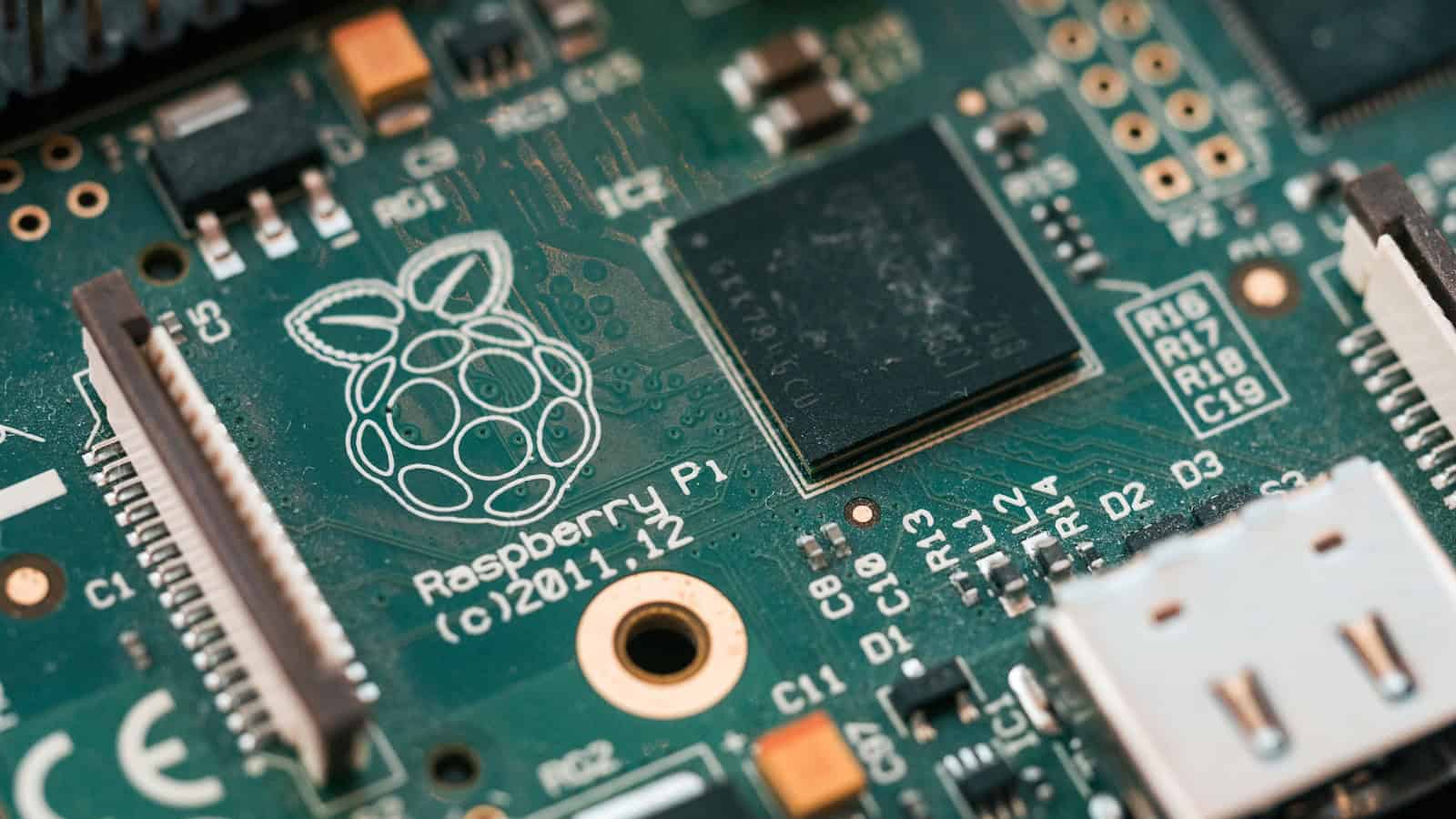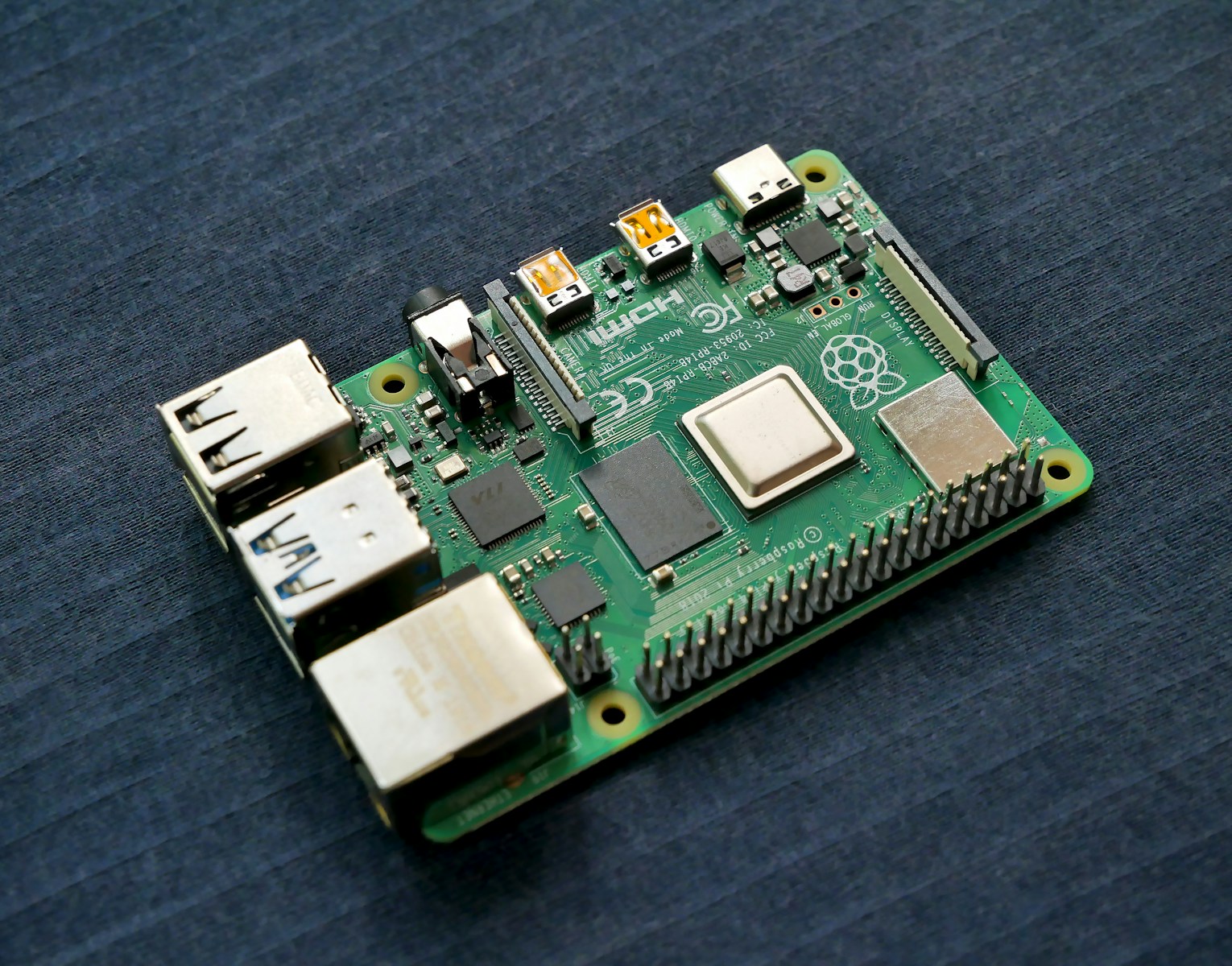Raspberry Pi computers are compact yet powerful devices that have revolutionized how people explore technology. Roughly the size of a credit card, these affordable, single-board computers pack enough power to perform many tasks traditionally handled by full-sized desktops and laptops. From browsing the internet and streaming videos to coding, gaming, and DIY projects, Raspberry Pi offers limitless potential for creativity and learning.
What Is a Raspberry Pi?
Developed by the UK-based Raspberry Pi Foundation in 2012, the Raspberry Pi was designed to promote computer science education, particularly in schools and developing countries. Over time, its popularity skyrocketed beyond classrooms, capturing the attention of hobbyists, engineers, and tech enthusiasts around the world.
Raspberry Pi models range from entry-level options like the Raspberry Pi Zero 2 W—an ultra-compact version ideal for simple projects—to the high-performance Raspberry Pi 5, which boasts significant improvements in speed, memory, and graphics capabilities. Each model balances affordability with functionality, with prices typically starting as low as $10 for basic boards and scaling up to about $80 for advanced versions.

Why Raspberry Pi Stands Out:
- Affordable Innovation: Raspberry Pi remains one of the most budget-friendly computing solutions on the market, making it ideal for students, educators, and hobbyists.
- Versatile Applications: Whether you want to build a retro gaming console, create a personal web server, or automate your smart home, Raspberry Pi can handle it.
- Learning Made Fun: It’s a fantastic tool for learning coding languages like Python, Java, and C++, and platforms like Scratch make it accessible even for young learners.
- Strong Community Support: With millions of users worldwide, Raspberry Pi has an expansive community that offers guides, forums, and project ideas for users of all skill levels.
Popular Raspberry Pi Projects:
- Retro Gaming Console: Turn your Pi into a classic gaming hub using emulators like RetroPie.
- Home Automation System: Control lights, appliances, and security cameras using tools like Home Assistant.
- Media Center: Stream movies and music by setting up Kodi or Plex.
- Robotics: Build and program your own robot using sensors, motors, and your Pi as the brain.
- Weather Stations & IoT Devices: Collect real-time data and connect devices using IoT platforms like Node-RED.
Empowering Education & Innovation:
The Raspberry Pi Foundation is a non-profit organization focused on making computing accessible and affordable. Their mission extends beyond selling devices—they offer free educational resources, run coding clubs like Code Club and CoderDojo, and regularly host events such as the Raspberry Pi Jam, encouraging community-driven learning.
Key Takeaways
- Raspberry Pi computers are small, cheap, and can do many tasks
- They’re good for learning coding and making fun projects
- The Raspberry Pi Foundation makes these devices to teach people about tech
Hardware Components and Variants
Raspberry Pi is more than just a tiny computer; it’s a gateway to innovation, creativity, and education. Whether you’re a beginner eager to learn how to code or a seasoned tech enthusiast looking for your next DIY project, Raspberry Pi offers a low-cost, high-reward platform that empowers you to build, create, and explore.
So, if you’ve ever dreamed of crafting your own smart mirror, launching a personal weather station, or diving into the world of robotics, there’s a Raspberry Pi waiting for you.
The Raspberry Pi comes in various models with different specs. Each version has unique features that set it apart from others in the lineup.
Design and Architecture
The Raspberry Pi is a small computer about the size of a credit card. Its main board has most parts built in, like the CPU, memory, and connectors. The CPU uses ARM designs, which are good for small devices. Different models have different processors. The Pi 4 has a 1.5 GHz chip, while the Pi 400 runs at 1.8 GHz.
The board layout changes between versions. Newer models often add more power and features. The Pi 5 is the latest and most powerful model. It has a faster processor and better graphics than older versions.
Connectivity Options
Raspberry Pi boards offer many ways to connect to other devices. Most models have USB ports for keyboards, mice, and other add-ons. They also have HDMI outputs to plug into monitors or TVs.
Newer Pi models include built-in Wi-Fi and Bluetooth. This lets them connect to the internet and other devices without wires. The Pi 4 and 5 have Gigabit Ethernet for fast wired internet. They also use USB-C for power, which is more modern than the older micro USB.
Expansion Capabilities
GPIO pins are a key feature of Raspberry Pi boards. These pins let users connect sensors, lights, and other electronic parts. This makes the Pi great for DIY projects and learning about electronics.
The Pi can work with special add-ons too. There are camera modules for taking pictures and videos. The High Quality Camera offers better image quality. The Touch Display turns the Pi into a tablet-like device.
Some models, like the Compute Module 4, are made to fit into other products. This helps companies build the Pi into their own devices.
Storage and Memory
Raspberry Pi boards use microSD cards for storage. This makes it easy to swap operating systems or back up data. The amount of storage depends on the card you use.
RAM has increased over time. Early models had 256 MB or 512 MB. Newer ones like the Pi 4 can have up to 8 GB. More RAM helps run bigger programs and do more tasks at once.
Some models also have options for connecting other storage types. This can include SSDs for faster data access. The extra storage helps for jobs that need more space or speed.
Software and Programming
The Raspberry Pi supports many operating systems and programming languages. It’s great for learning to code and making cool projects.
Operating System Support
Raspberry Pi OS is the main operating system for Raspberry Pi computers. It’s based on Linux and comes with useful programs already installed. You can also run other operating systems on a Pi. Some choices are Ubuntu, Windows 10 IoT Core, and even Android.
The Pi can work as a normal computer for web browsing, word processing, and more. But its real power is for learning and making things.
Development and Control
Python is the most popular programming language for the Raspberry Pi. It’s easy to learn and very powerful. You can use it to control hardware, make games, or analyze data.
Scratch is another good choice for beginners. It uses colorful blocks to build programs. This makes it fun and easy to learn coding basics.
The Raspberry Pi is great for electronics projects too. You can connect sensors, motors, and other devices to it. Then you can write programs to control them.
Applications and Performance
Raspberry Pis can do many things despite their small size. You can use them for:
- Home automation
- Media centers
- Retro gaming consoles
- Weather stations
- AI projects
The newest Raspberry Pi 4 is quite fast. It can run most programs smoothly. For basic tasks, it works just like a regular computer.
The Pi is also good at handling lots of small tasks at once. This makes it great for server projects or Internet of Things devices.







